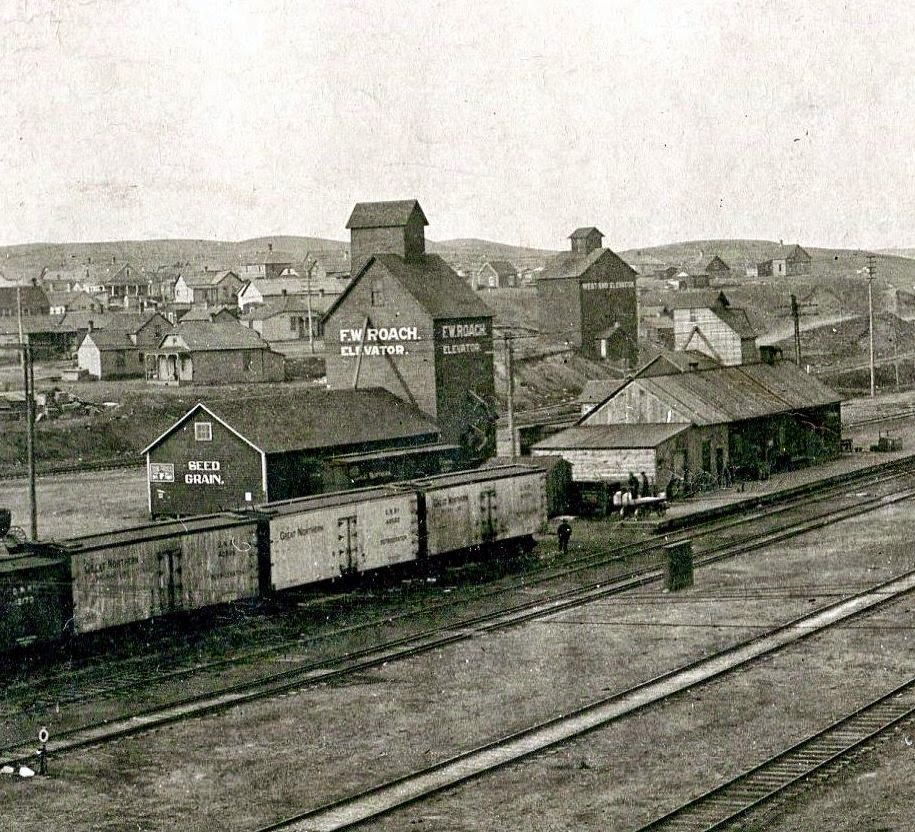The first Piggly Wiggly Store opened in the
mid 40’s at 213 South Main Street. In 1957, at a cost of $300,000, Piggly
Wiggly opened a new store by the Fairgounds. Piggly Wiggly East was one of the
largest grocery stores in the state at that time. In 1961 another store opened
in the Oak Park Center. The store on Main Street closed in 1960 and shortly
after a third store was opened in the Town & County Center. In 1982 the Oak
Park store moved to the Arrowhead Shopping Center. At one time Piggly Wiggly
employed over 250 people. I worked at the Town & Country store in 1966-67.
East Piggly Wiggly
















